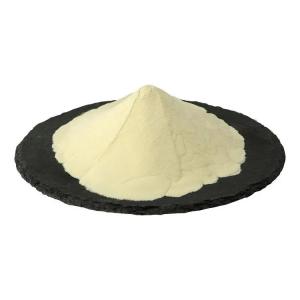Phosphatidyl serine is found in nut butter spreads.
Time:2025-07-30Phosphatidyl serine (PS) is a naturally occurring phospholipid that is increasingly being incorporated into various food products, including nut butter spreads. Derived primarily from soy or sunflower lecithin, PS can be blended with nut-based ingredients to enhance the functional and formulation characteristics of spreads.
Formulation and Integration
Nut butter spreads—such as peanut, almond, or cashew butter—offer a rich lipid matrix that is compatible with the lipid-soluble nature of phosphatidyl serine. This makes the incorporation of PS technically feasible and allows for uniform distribution within the product.
PS can be mixed into the nut paste during the grinding or emulsification stage. Depending on the formulation goals, it may be added in pure form, as part of a lecithin complex, or pre-blended with a carrier like soy protein or maltodextrin for improved handling.
Functional Benefits in Formulation
Emulsification Support: PS can aid in stabilizing the oil-in-solid matrix of nut butters, helping to reduce oil separation over time.
Texture Modification: The presence of phospholipids can contribute to a smoother, creamier consistency and may enhance the spreadability of the final product.
Nutrient Delivery System: Nut butters serve as an effective delivery vehicle for lipid-compatible ingredients like PS, due to their high fat content and stable shelf life.
Applications and Product Types
Phosphatidyl serine-enriched nut butters can be used in:
Daily snack spreads
Energy and protein-focused food products
Functional food applications
Ready-to-eat squeeze packs and snack portions
Manufacturing Considerations
When adding PS to nut butter spreads, attention must be paid to processing temperature and mixing time to ensure even dispersion and to prevent degradation. Formulators may also consider particle size adjustment to maintain consistency and mouthfeel.


 CN
CN





